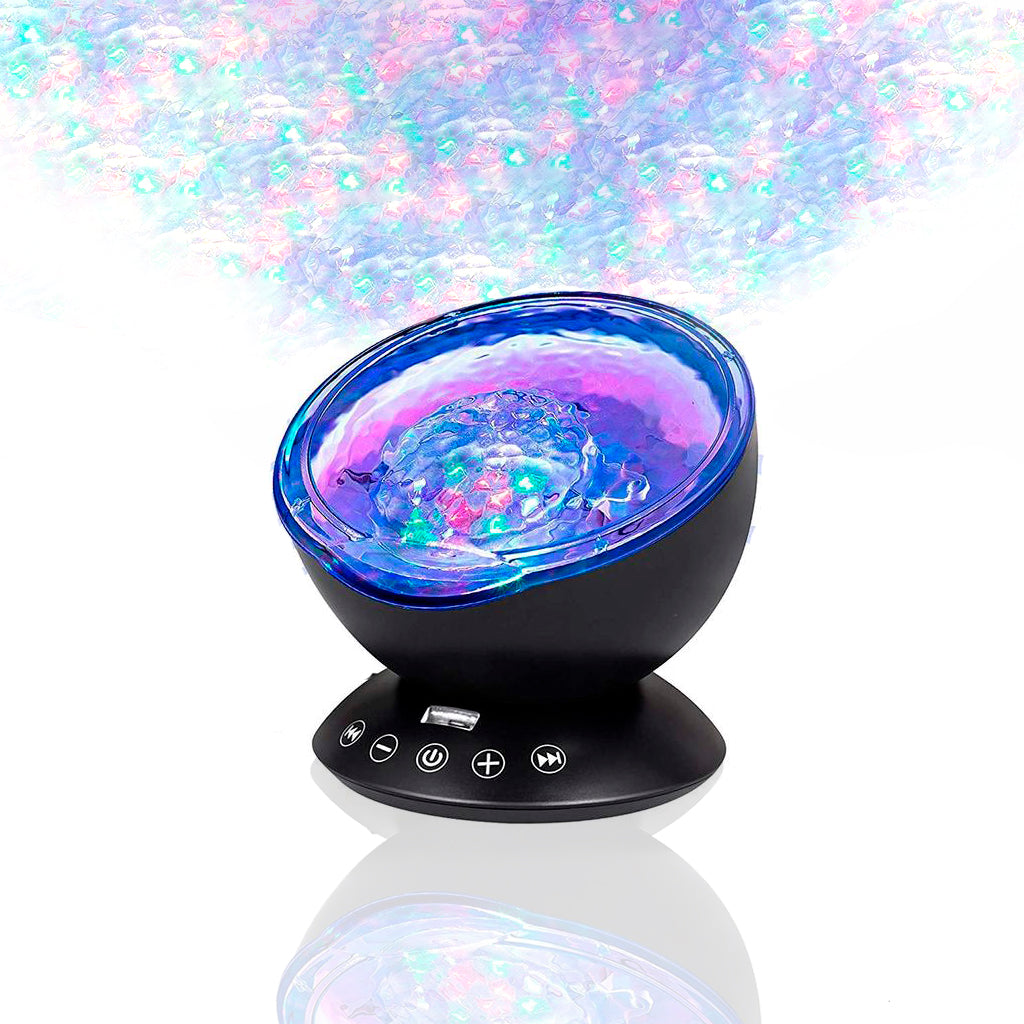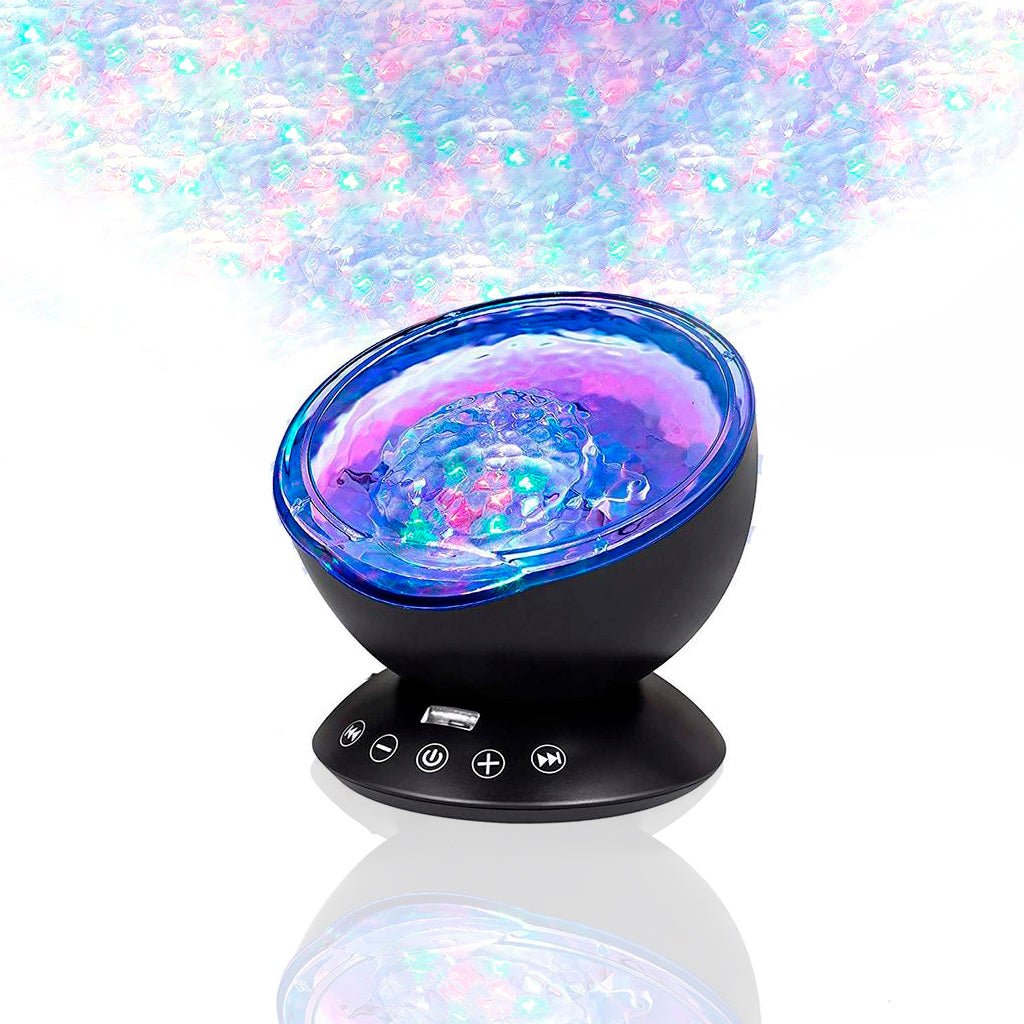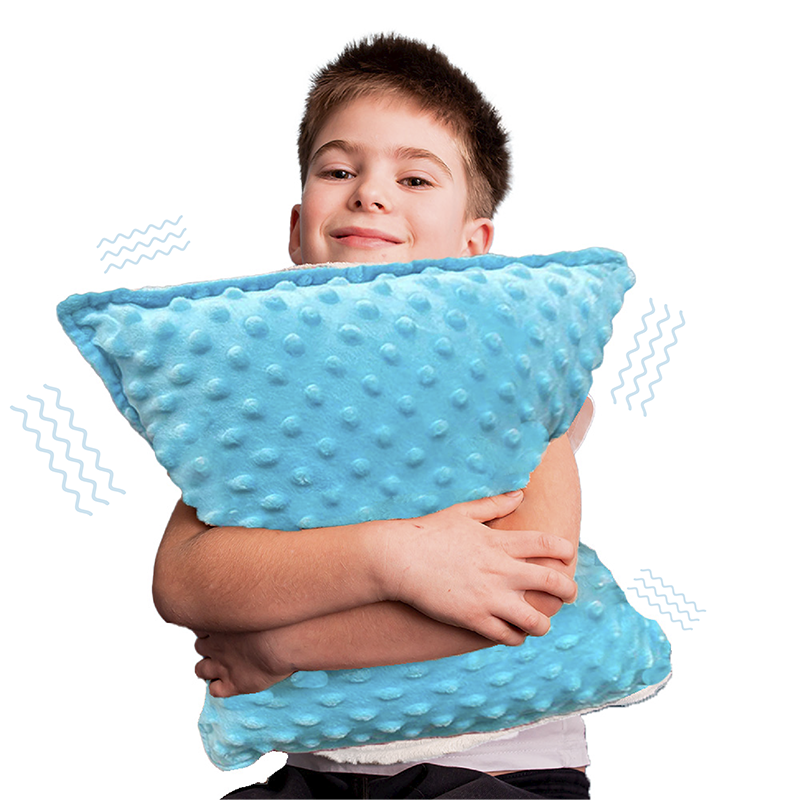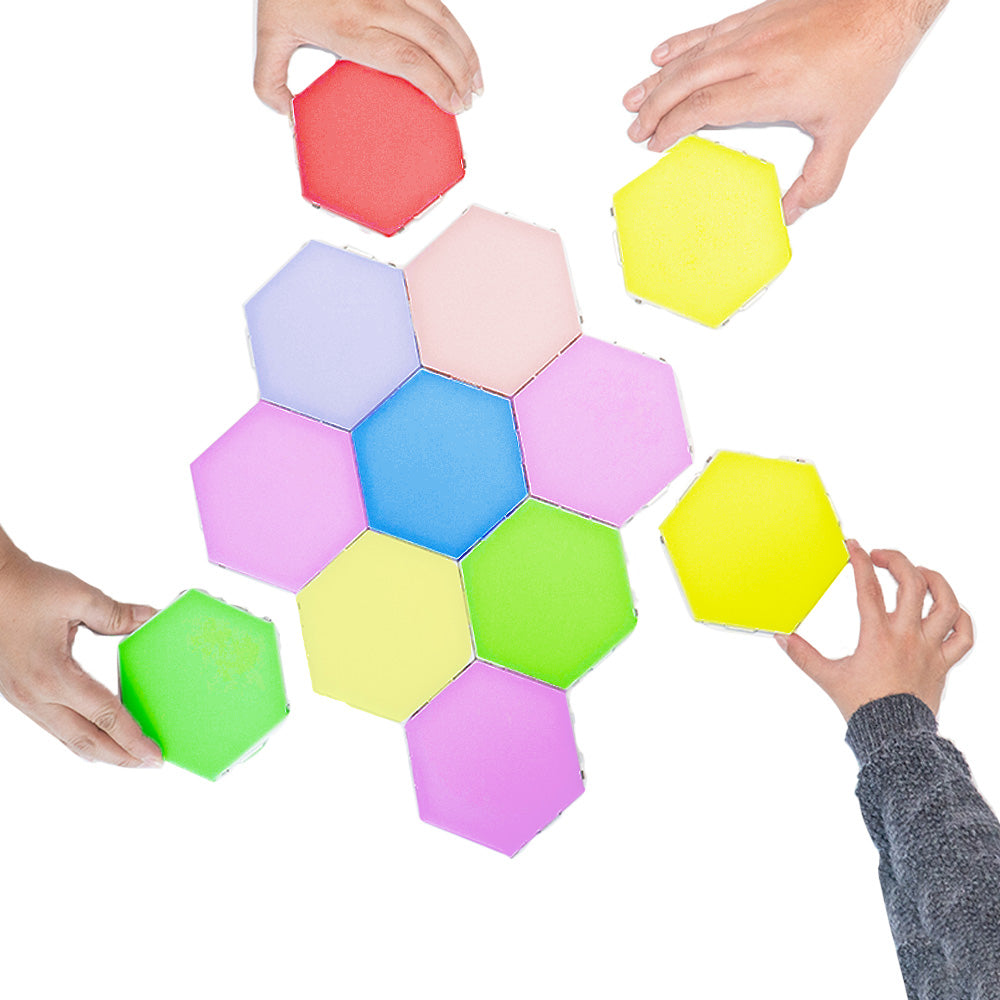
Imagine a world where the night ushers in a symphony of stars, a gentle lullaby for the weary, and a promise of restoration. For many, sleep is this tranquil haven. Yet, for autistic children and their families, the night may not be as restful. Recent discoveries in the sleep patterns of autistic children beckon us to explore this nocturnal landscape, unveiling a narrative that intertwines neuroscience with the tender threads of family life.
The Transformative Power of Sleep
Within the tapestry of autism, sleep has emerged as a critical factor influencing cognitive function, emotional regulation, and overall quality of life. As we delve into the stories of families navigating the complexities of autism, we find that improved sleep can be a beacon of hope, illuminating the path to enhanced daily functioning and well-being.
Take Sarah, for example, whose son Alex struggled with erratic sleep patterns. Nights were a battleground, with sleep's sweet embrace eluding Alex, leaving both mother and child in a state of perpetual exhaustion. It was only when they engaged with a sleep specialist who understood the unique challenges faced by autistic children that they began to see a change. Tailored sleep hygiene practices and a consistent bedtime routine became their lullaby, and slowly, the night transformed from foe to friend.
The ripple effects were profound. Alex's attention span improved, his meltdowns became less frequent, and Sarah witnessed a new vibrancy in her son's eyes. This is but one story among many, yet it echoes a universal truth: when autistic children sleep better, their worlds, and by extension, their families' worlds, brighten significantly.
Decoding the Night: Understanding Autistic Sleep Patterns
Autism Spectrum Disorder (ASD) is a kaleidoscope of neurodiversity, with each child presenting a unique pattern of strengths and challenges. Sleep disturbances, however, are a common thread, affecting an estimated 40-80% of autistic children. These can range from difficulty falling asleep to frequent awakenings and early morning risings.
Scientists are now unraveling the enigma of sleep in ASD, discovering that irregular melatonin production, heightened sensory sensitivities, and genetic factors contribute to these nocturnal challenges. Understanding these patterns is akin to learning a new language—the language of slumber, spoken in the hushed tones of circadian rhythms and the soft whispers of the brain's pineal gland.
As we translate this language, we are gifted with the knowledge to craft interventions that resonate with the individual needs of autistic children. It's not a one-size-fits-all solution but a symphony composed of personalized melodies that lull each child into restorative sleep.
A Beacon in the Night: Innovations in Sleep Aids
Amidst the constellation of strategies to improve sleep, a novel product has emerged, capturing the imagination of children and parents alike. The Bright Autism Calming Sensory Sea Lamp stands as a testament to the power of sensory-friendly environments.

The Dance of Day and Night: Establishing Rhythms
Our lives are governed by rhythms—the ebb and flow of tides, the cycle of seasons, and the dance of day turning into night. For autistic children, establishing a rhythm to their day can be the linchpin to unlocking a peaceful night's sleep. This involves consistency in routines, a soothing sleep environment, and sometimes, the gentle guidance of a sensory aid like the Calming Sensory Sea Lamp.
Parents and caregivers play the role of choreographers, designing the day's routine with mindful transitions, predictable patterns, and comforting cues that signal the approach of bedtime. In doing so, they weave a safety net that cradles their child in the familiar, even as they drift into the unknown realms of sleep.
Through this dance, we see children like Alex not just surviving but thriving. The night, once a fragmented mosaic of wakefulness and restlessness, becomes a canvas painted with the broad strokes of uninterrupted sleep and the vibrant colors of daytime alertness and engagement.
In the grand narrative of autism, sleep is but one chapter, yet it is one that holds the promise of a profound impact on the overall story. As we continue to gather insights and share success stories, we foster a community that values the night's restorative power. Together, we can turn the page, embracing the night not as a challenge to be conquered, but as a cherished ally in the journey of autism.










Leave a comment